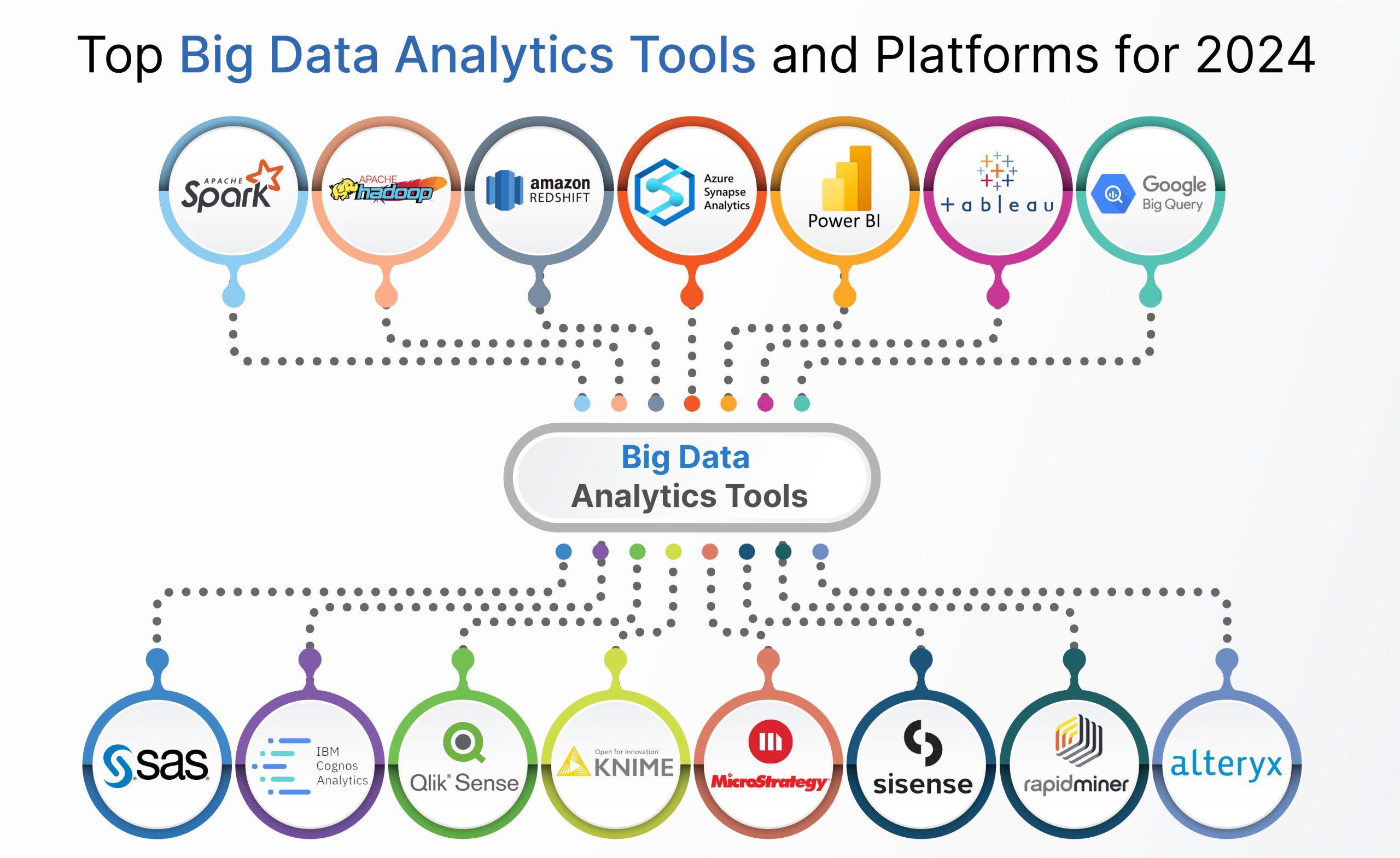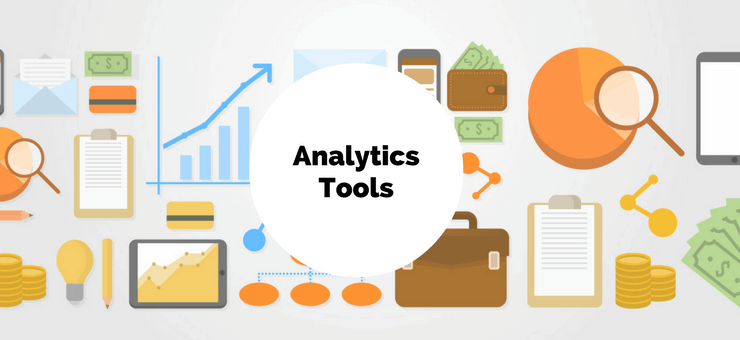Boost Efficiency and Productivity Through Information Analytics
In today's data-driven landscape, organizations are increasingly recognizing the crucial role of data analytics in boosting operational effectiveness and profitability. By methodically evaluating data, companies can uncover vital understandings that notify critical decisions, streamline processes, and tailor consumer experiences (Analytics). The difficulty exists not just in the implementation of these logical tools but additionally in recognizing just how to convert data right into workable end results. As we check out the subtleties of reliable data-driven approaches, the ramifications for both short-term gains and lasting success come to be progressively clear. What might these insights disclose for your company?
Recognizing Data Analytics
In today's data-driven landscape, recognizing data analytics is necessary for organizations intending to enhance operational performance and drive earnings. Information analytics involves the methodical computational evaluation of information sets to uncover patterns, connections, and insights that inform decision-making. By using various techniques, such as statistical analysis, artificial intelligence, and anticipating modeling, companies can change raw data right into actionable knowledge.
The procedure typically begins with information collection, where relevant information is collected from several resources, including transactional data sources, client interactions, and market trends. This data is then cleansed and organized to ensure precision and uniformity. When the information is prepared, analytical devices and software program are utilized to visualize the info and explore, enabling stakeholders to determine anomalies and fads.
Ultimately, comprehending data analytics encourages companies to make enlightened decisions based on empirical evidence rather than instinct. It facilitates targeted strategies that can optimize source allowance, boost customer complete satisfaction, and boost general efficiency. As organizations progressively identify the value of data-driven insights, a strong grip of data analytics becomes a vital expertise for leaders and groups alike, placing them for sustained success in an affordable setting.

Trick Advantages for Organizations
Services that take advantage of data analytics can open a wide variety of benefits that significantly improve their procedures and earnings. One of the key advantages is enhanced decision-making. Information analytics provides workable understandings originated from real-time data, allowing services to make enlightened choices that align with market needs and consumer choices.

In addition, data analytics fosters improved consumer experiences. By recognizing client behaviors and preferences, organizations can customize their offerings, resulting in enhanced complete satisfaction and loyalty. This personalized strategy commonly leads to greater conversion rates and repeat company.
In addition, information analytics makes it possible for companies to recognize arising opportunities and patterns. By staying in advance of the contour, organizations can maximize brand-new markets and advancements prior to their rivals.
Applying Data-Driven Approaches
Effective implementation of data-driven approaches needs a comprehensive understanding of both available data and business goals resources. Organizations must first define their goals clearly, making certain positioning in between data campaigns and tactical goals. This quality enables teams to concentrate on appropriate metrics and understandings that drive decision-making.
High-quality information is necessary for precise evaluation, as bad data can lead to misguided approaches and lost resources - Analytics. Organizations must develop processes for data collection, cleaning, and monitoring to keep data integrity.
Additionally, fostering a data-driven culture is crucial. Employees in any way degrees should be encouraged to leverage data in their daily procedures. Training workshops and programs can visit this page enhance information literacy, equipping staff to make educated choices based on logical understandings.
Tools and Technologies Overview
A robust collection of innovations and devices is vital for companies aiming to harness the full capacity of information analytics. These tools help with the collection, processing, and visualization of data, allowing businesses to derive actionable insights.
At the foundational degree, information administration systems such as SQL data sources and NoSQL systems supply efficient information storage space and retrieval capacities. For information handling and analysis, shows languages like Python and R, in addition to structures such as Apache Spark, allow intricate computations and device learning applications.
Visualization tools, including Tableau and Power BI, change raw information into intuitive graphical styles, making understandings available to stakeholders at all levels. Additionally, cloud-based platforms like Google Cloud and AWS offer scalable storage space and processing remedies, fitting the growing volumes of information companies run into.
For innovative analytics, predictive modeling and AI-driven options are increasingly embraced, permitting companies to forecast trends and improve decision-making procedures. Integrating these tools right into existing workflows is vital; companies that efficiently leverage this innovation can dramatically improve operational effectiveness and drive profitability. Therefore, investing in the right tools and technologies is a strategic essential for any kind of data-driven organization.
Study of Success
Leveraging information analytics has actually led various companies to attain impressive enhancements in performance and profitability. One significant instance is a large retail chain that carried out anticipating analytics to enhance stock administration. By examining historic sales information and customer trends, the company reduced excess inventory by 30%, resulting in considerable cost financial savings and improved cash circulation.
One more example can be located in the manufacturing field, where a leading auto producer used information analytics to enhance its production procedures. By monitoring maker performance in real-time, the company recognized traffic jams and inefficiencies, causing a 20% boost in overall equipment efficiency (OEE) This not just enhanced production prices yet additionally decreased downtime and maintenance expenses.

These study show just how data analytics can drive calculated decision-making, optimize processes, and eventually improve both efficiency and profitability across various industries.
Verdict
To conclude, the integration of data analytics right into business procedures offers considerable opportunities for boosting effectiveness and profitability. By systematically assessing information, companies can identify inadequacies, enhance client experiences, and make educated decisions. The adoption of predictive modeling and real-time tracking further makes it possible for organizations to remain ahead of hop over to these guys emerging fads and allot resources successfully. Inevitably, the tactical execution of data-driven methods cultivates continual affordable advantages and drives considerable renovations in operational efficiency and economic outcomes.
In today's data-driven landscape, understanding data analytics is vital for organizations intending to enhance operational performance and drive success. Data analytics involves the organized computational evaluation of information sets to reveal patterns, correlations, and understandings that inform decision-making. Data analytics provides workable insights derived from real-time information, allowing companies to make informed options that align with market needs and consumer choices.
High-quality data is important for accurate analysis, as bad information can lead to misdirected approaches and wasted sources. Organizations has to develop processes for data collection, cleansing, and monitoring to keep data stability.